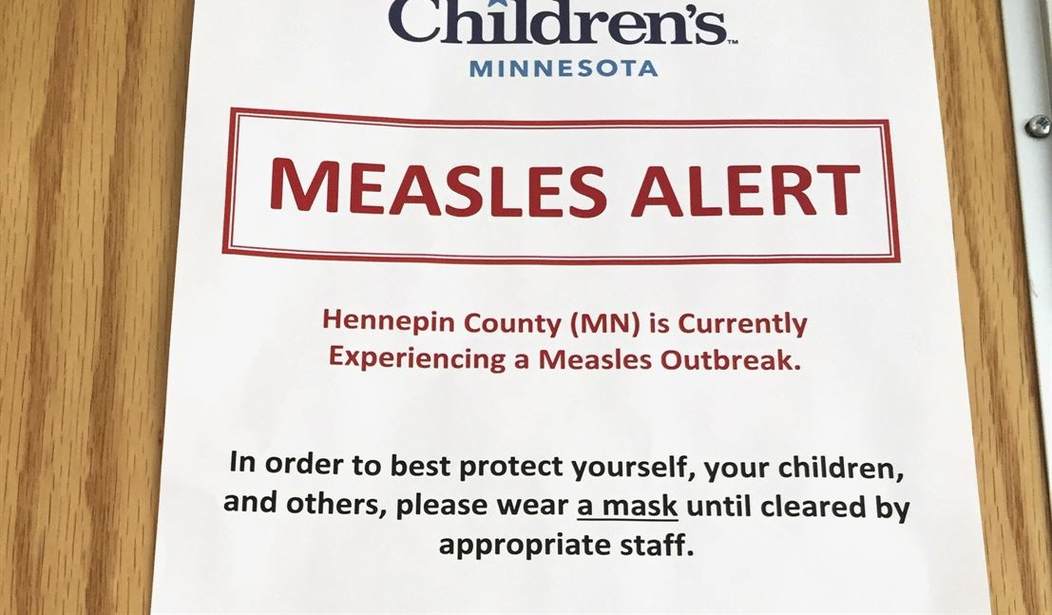In the early part of the 20th century, about one million American children died as a result of contracting measles. The high fever would cause the brain to swell leading to other complications and, eventually, death. Even some healthy children succumbed to the disease.
Today, we have a safe, effective vaccine (MMR vaccine) that protects against measles, mumps, rubella (German Measles), and varicella (chickenpox). It's been such an effective vaccine that in 2000 the World Health Organization declared that the measles virus was no longer endemic in the U.S.
But the first quarter of 2024 has seen an alarming increase in Measles cases. According to the Centers for Disease Control (CDC), the number of measles cases is 17 times higher over the number of cases seen in the first quarters of 2000 to 2023.
"The rapid increase in the number of reported measles cases during the first quarter of 2024 represents a renewed threat to elimination," CDC researchers write in a new analysis of the country's measles cases. The analysis was published Thursday in the CDC's Morbidity and Mortality Weekly Report.
The study also examined the CDC's disease surveillance system. Fortunately, the recent spate of measles cases has shown that the system is working well.
The CDC noted 338 measles cases between January 1, 2020, and March 28, 2024. The median age of the cases was 3 years old. Of the 338 cases, 97 were in 2024. (The year's current tally now stands at 113.) Among the 338 cases, 326 (96 percent) were linked to an importation (12 cases—4 percent—had an unknown source). The 326 include 93 cases that were directly imported into the country, of which 59 (63 percent) were in US residents. Of those 59, 53 (90 percent) were vaccine-eligible but unvaccinated or had an unknown vaccination status.
Of the 338 total cases, 309 cases (91 percent) were either unvaccinated (68 percent) or had an unknown vaccination status (23 percent). Of the 309 cases, 259 (84 percent) were vaccine eligible, with the remainder being in babies 6 to 11 months who are too young for routine vaccination (13 percent) or babies less than 6 months who are too young for vaccination altogether (3 percent).
This is a bigger problem than just illegal immigrants coming into our cities. In fact, local public health authorities, specifically in Chicago, have acted with great speed and efficiency to identify measles cases among illegals, isolate them from the healthy population, and vaccinate anyone who was exposed.
But we're not out of the woods by a long shot.
In the past years, the most common places from which measles importations originated were in the Eastern Mediterranean and African regions. But, so far in 2024, six of 16 importations (37.5 percent) came from Europe (three) and East Asia (three), which represents a 50 percent increase in importations from these areas in the past three years. In other words, measles is increasing globally, increasing the risk of importation to the US.
"The US measles elimination status will continue to be threatened by global increases in measles incidence and decreases in global, national, and local measles vaccination coverage," the CDC concludes.
Most measles cases since 2020 have occurred among recent immigrants from Africa and Asia. They are more likely to avoid detection at their point of entry and slip into the general population unvaccinated.
As long as our surveillance system remains at a high level of efficiency, we'll be fine. But in an epidemic, it's always a race to stay one step ahead of the bug and prevent large-scale transmission.










Join the conversation as a VIP Member